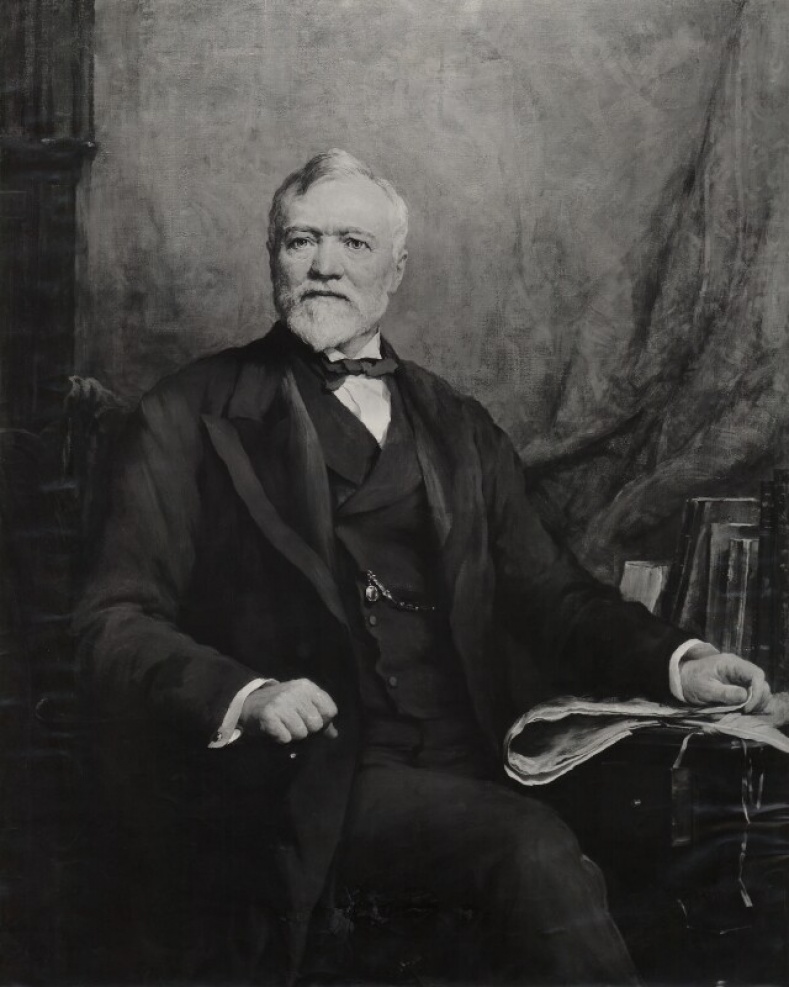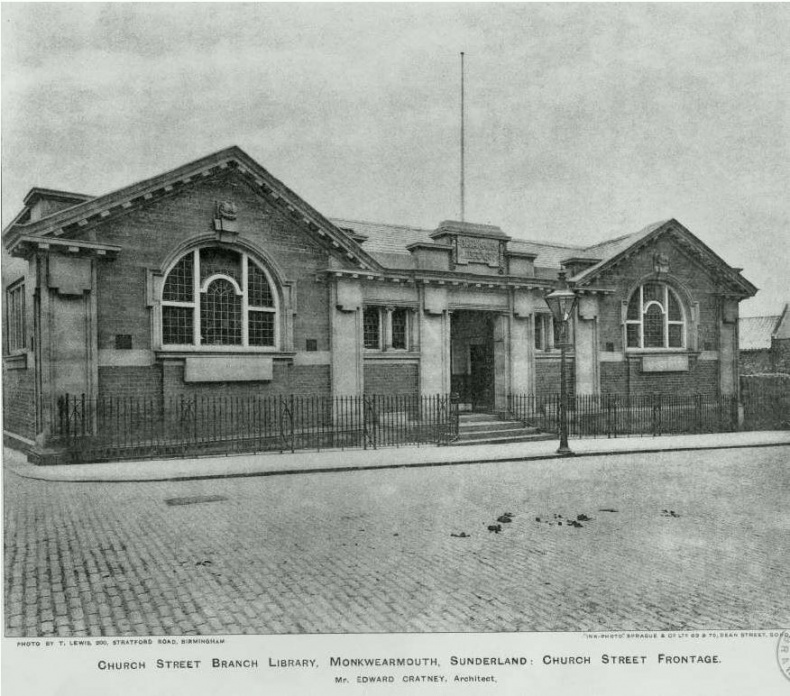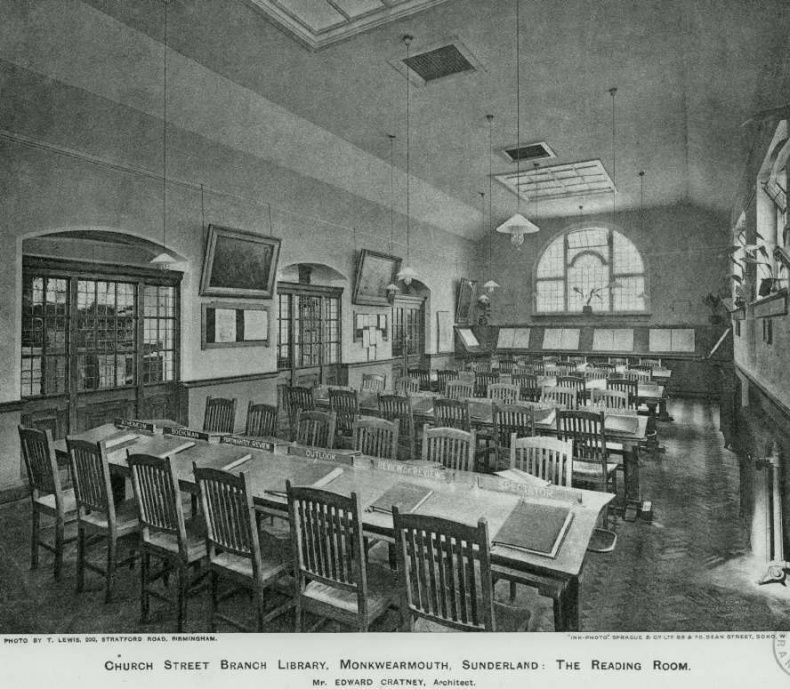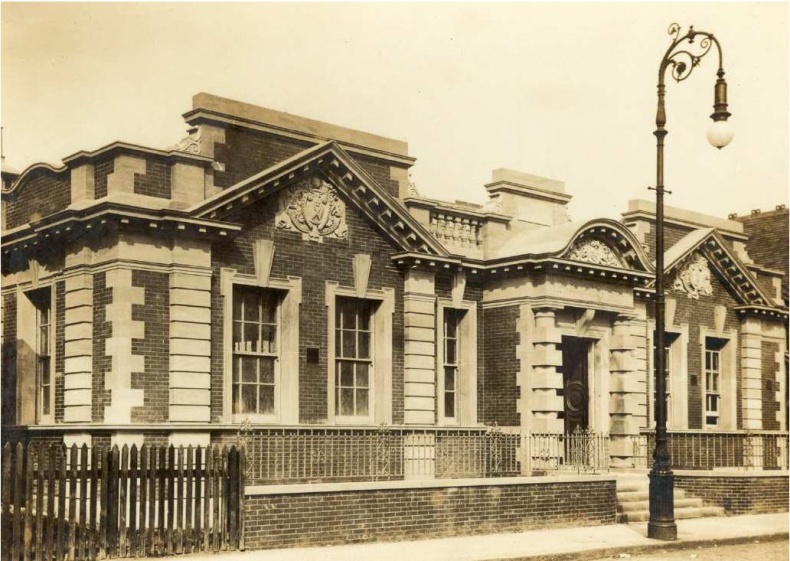



Carnegie, Andrew
1835-1919
Industrialist and Philanthropy Pioneer
Andrew Carnegie is a towering figure in the history of both business and philanthropy. Born into poverty in Dunfermline, Scotland, his family emigrated to Allegheny, Pennsylvania, in 1848 in search of a better life. At the age of 13, Andrew entered the world of work, alongside his father, in a cotton factory. He became a messenger boy for a local telegraph company and there gained an informal education by learning how to send messages.
In 1852, at the age of 17, his skills with telegraphy were recognised by Thomas A. Scott, an assistant superintendent of the Pennsylvania Railroad Company. With the help of Thomas, Andrew learned about the railroad business, then in its infancy. He became an expert in operations management and was rewarded by inclusion in the inner circle of railroad investors. One successful investment led to another. By the age of 35, he was already wealthy enough to retire but chose instead to change direction to become a bond broker raising funds for new railroad ventures in New York and London. His fortune continued to grow. Then, foreseeing the potential of new steel production methods to revolutionize steel rail production, Carnegie branched out to form the Carnegie Brothers Steel Company. The new venture was immensely successful, driven locally in Pittsburgh by talented technologists and works directors, and from New York by Andrew who made all the big deals. What emerged was an integrated steel enterprise that dominated the US steel industry.
In 1901 Carnegie sold his shares in the Carnegie Steel Company to J.P. Morgan, who then launched U.S. Steel. Shortly after the sale, U.S. Steel was valued at $1.4bn. It was the first billion-dollar company in the world and, using the US Bureau of Labour Statistics earliest estimates, was worth over £35.9bn in 2018 terms. Carnegie’s personal share of the sale was $480m, approximately £12.3bn in 2018, all from an initial investment of $250,000.
Carnegie believed that philanthropy was a commitment to be undertaken during one’s lifetime. In his 1889 essay on philanthropy, known today as The Gospel of Wealth, he proposed that those who had created their own fortunes were the best authority to oversee the investment of their wealth for the benefit of society, providing ‘the ladders upon which the aspiring can rise’. His philanthropic journey began in Allegheny in 1873 with the donation of a church organ. To his hometown of Dunfermline, he donated a swimming bath in 1874 and a library in 1879. His gifts of church organs and libraries were replicated thousands of times across Britain, the British Empire and the United States.
Carnegie’s model for the donation of libraries was to provide the initial capital upon the condition of local government maintaining running costs. His goal was to support projects that were sustainable. In the North East of England, he paid for six libraries across the region, each to provide access to learning resources for the working classes. Carnegie funded the central town libraries for Middlesbrough (1912) with a grant of £15,000, Gateshead (1916) with a grant of £16,500, and three branches in Sunderland (1909) with a grant of £10,000. The Benwell library in Newcastle (1909) cost £5,500. Smaller grants were distributed to other libraries in the region including the Boldon Colliery Library (1904), Hartlepool Library (1903), Thornaby on Tees Library (1903) and Anfield Plain Library in Durham (1908). In total, his grants to libraries in the North East exceeded £50,000, approximately £4m in 2018 terms.
References
Annfield Library Durham. Available here (Accessed: 05/07/2018).
Britannica. (2018). United States Steel Corporation. Available here (Accessed: 05/07/2018).
Central Library Middlesbrough. Available here (Accessed: 05/07/2018).
Harvey, C., Maclean, M., Gordon, J. and Shaw, E. (2011). Andrew Carnegie and the Foundations of Contemporary Entrepreneurial Philanthropy, Business History, 53, 3, pp. 424-448.
Middlebrook, S. (1950). Newcastle: Its Growth and Achievement, Newcastle: Newcastle Journal and North Mail, pp. 309.
Sunderland Echo (2013) The final chapter for Sunderland’s Carnegie libraries? Available here (Accessed: 05/07/2018).
Tweedale, G. (2004) Carnegie, Andrew. Available here (Accessed: 05/07/2018).
US Inflation Calculator [1913-2018] Bureau of Labor Statistics (2018). Available here (Accessed: 05/07/2018).